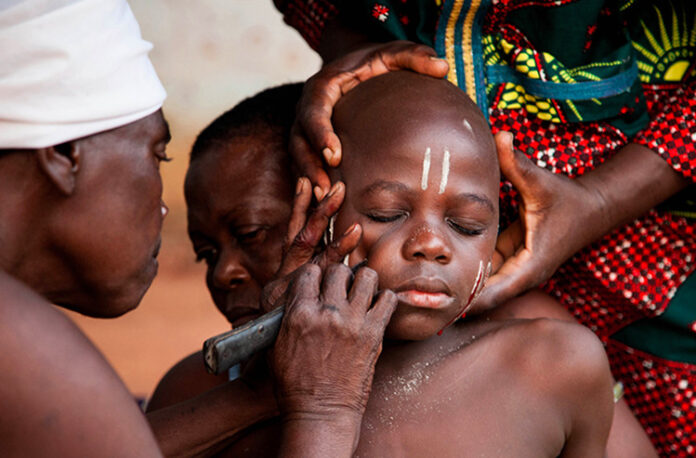Calling tribal marks the African tattoo is very apt because we can say it is the African’s idea of a tattoo, just less refined. This article will teach us about tribal marks in Africa, particularly the how and why.

Tribal Markings: The Unveiling
What are tribal marks?
These are scarifications with specific patterns drawn on the faces of individuals. A tribal mark has several purposes; identification, protection, and beautification just to name a few. This age-old custom is a fundamental part of African legacy.
In the olden days, a newly-made father would permit the markers to practice their artistry upon the cheeks and face of the newborn baby, smooth as silk.

After the procedure, the tribal marks will show the newborn is a member of the family. A part of their lineage. So, if you happen to have a tribal mark, they can use it to identify the family you belong to, and by extension, your ethnic group.
Which means your village people can never lose track of you.
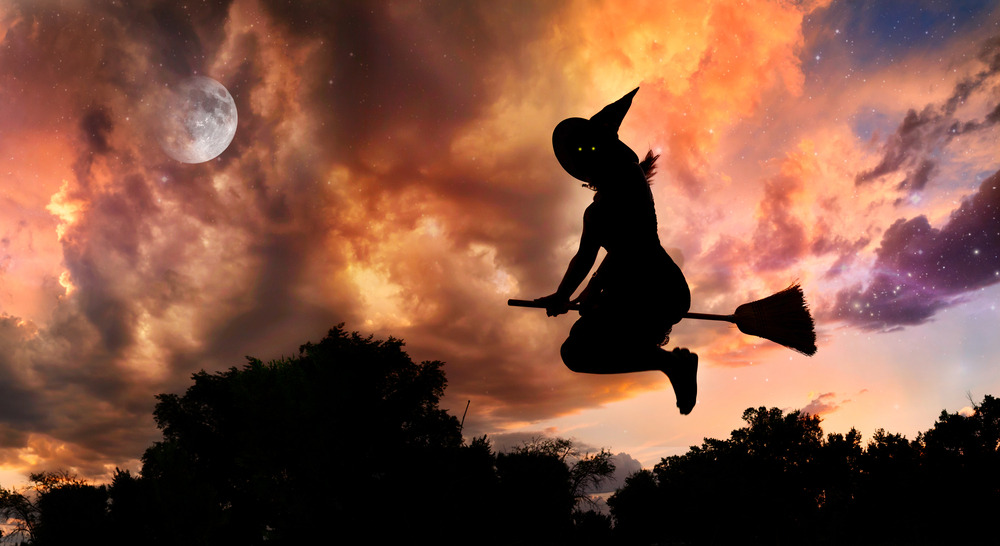
READ: Top 10 Richest Actors in Nigeria
History Of Tribal Marks
African people believe the best way to identify a person’s ethnic group is by their tribal marks. Those from the same group have similar patterns etched on their faces.
By being able to identify who belongs to what group, the African people were able to protect their interests. Tribal marks, the African tattoo, have been around for a very long time. Archaeologists found the very first proof of tribal marks on a mummy during the year 1994 BC.
The reported origin of tribal marks in Africa are foreigners who lived in Egypt 5th Century BC. A Greek historian, Herodotus, wrote about these foreigners. He detailed how these foreigners cut their foreheads with knives in order to differentiate themselves from the Egyptians.
A nasty measure, sure, yet it was soon adopted when the African version of Game of Thrones erupted. When nations turned on each other, ruler slaying ruler. Empires marching with a thirst for land and other resources; the adoption of tribal marks soared as the land grew fertile with blood and toil. Invaders would mark their skin and that of their families to separate themselves from the captives taken from conquered cities. Their new slaves.
RELATED TOPICS:
Importance of Tribal Marks
Here, we will further discuss the importance of tribal marks and why they were so cherished in the olden days, and even till the present.
Protection
Some tribal marks are for protection purposes. Africans believe some tribal marks provide resistance against attacks by evil spirits.
While tribal markings (also called facial markings) are placed on the face for ethnic identification, that’s not the only reason. Would you believe they place tribal marks on the face for religious purposes? In some communities, like the Yoruba, they give tribal marks to children who are believed to be reincarnations. A reincarnation means a person who has lived a former life.
In some communities, tribal marks ward off evil spirits that terrorize families. For this reason, you will find some tribal marks on the person’s body rather than on their face.
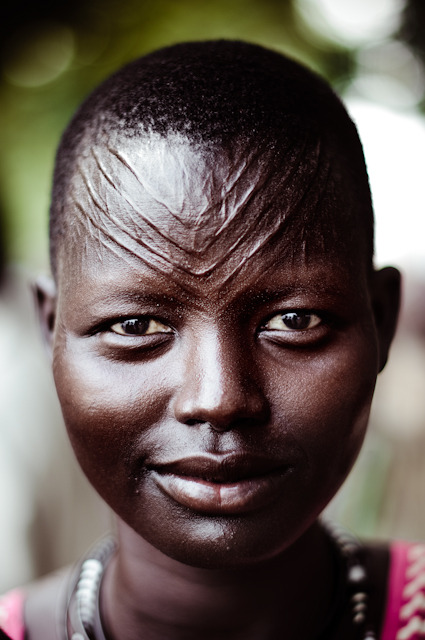
Medicine
Apart from religious and spiritual purposes, some ethnic groups use tribal marks to treat illnesses in certain people, especially children.
How is it done? Traditional healers cut incisions into the child’s face as a method of purging the illness away.
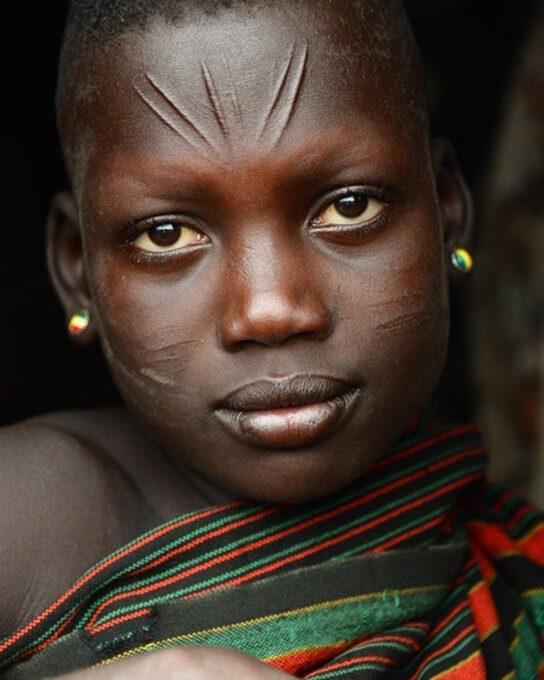
Slavery Opposition
Another importance of tribal marks was their efficiency in deterring slavers. Back in those days, parents would exercise their not-so-artistic talents, drawing horrifying marks on their children’s faces so that the slavers will feel repulsed by them. It worked. Many a slaver who came across unfortunate children playing on the beach would only spare the ones who looked like they could give a dog a heart attack.
Mission failed successfully.
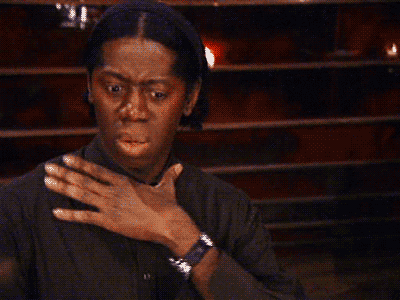
During What Period Did Tribal Marks Grow?
During the period of the Atlantic slave trade. Tribesmen captured would mark themselves just in case they were later rescued. People from the same ethnic group tend to have the same tribal marks on their faces.
SEE: Tastiest Nigerian Foods to Try Out
Location And Pattern Of Tribal Marks
They do not carve tribal marks on the face alone. We have marks on the cheek, under the chin, and on the temples. The marks are patterned according to the ethnic group of their bearers. We have patterns of straight lines, vertical and horizontal lines. We also have diagonal and slanted lines.
Significance of Tribal Marks
In the case of the Yoruba, their facial marks and meanings can be traced back to a certain king named Chango/Shango.
Allow me a short story.
Once upon a time in ancient Yorubaland, the Oyo Empire, Shango sent two slaves to a distant country to carry out an important mission. When the slaves returned, he discovered only one slave had successfully carried out the task while the other did nothing. The king rewarded the victor with high honors and ordered the latter to receive 122 razor cuts on his body. A severe punishment, indeed, but when the scars healed, the slave had a remarkable appearance that attracted even the king’s wives.
Therefore, Shango decided cuts should be given to people not as a punishment but as a sign of royalty. He was first to follow his law, placing himself in the hands of the markers.
But Shango could only take two cuts, and since then, two cuts on the arm have since been the identification of royalty. Other ethnic groups adopted other kinds of cuts as their tribal marks. But mostly for identification.
RELATED ARTICLE: Richest Footballers in the World
Tribal Marks: The African Tattoo
Some people belong to ethnic groups that don’t believe in tribal marks but admire certain patterns. These people can decide to mark their faces, but neither for identification nor religious purposes. They do it for beautification purposes. A very good example is this model right here. Some even believe tribal marks are better than the common tattoos we have now.
SEE: Who Is the Best Nigerian President from 1960 Till Date?
How They Make Tribal Marks
It is no enjoyable practice, except the person carving owns a twisted sense of humor. Unlike tattoos which can be done at any age, tribal marks can only be given to you at birth. The bloody procedure leaves you screaming for hours after the final cut is made. Your only saving grace is that you will not remember the experience.
They use very sharp knives or razors for the procedure. They form the tribal marks by cutting deep into your tender flesh, scars that will heal in time but never disappear.

A Word From Battabox
Tribal marks are respected in Africa and forever remain a symbol of our heritage. And while the tradition is not so commonplace today, some ethnic groups still uphold the culture and significance of tribal marks.
Do you have a tribal mark with a history? Let us know below in the comment section.



